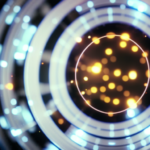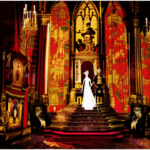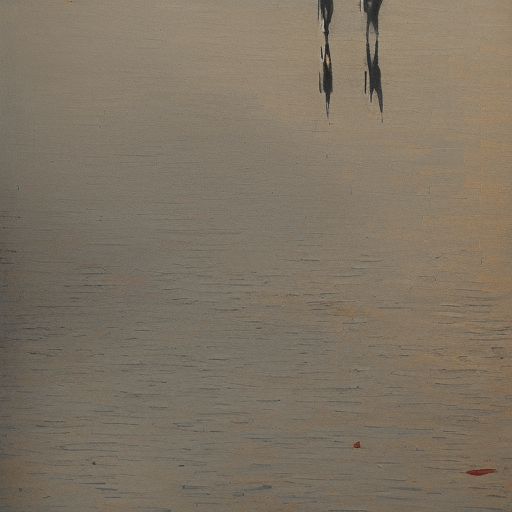Akira by Katsuhiro Otomo: A Dystopian Sci-Fi Masterpiece
Summary: In a post-apocalyptic Tokyo, a group of biker gang members gets entangled in a government conspiracy involving psychic powers and a mysterious boy named Akira.
Main Cast and Crew:
- Director: Katsuhiro Otomo
- Writer(s): Katsuhiro Otomo (screenplay), Izô Hashimoto (screenplay)
- Key Actors: Mitsuo Iwata (Kaneda), Nozomu Sasaki (Tetsuo), Mami Koyama (Kei), Taro Ishida (Colonel Shikishima)
- Music Director: Shoji Yamashiro
- Director of Photography: Katsuji Misawa
- Producers: Ryohei Suzuki, Shunzo Kato, Yutaka Maseba
Plot:
In the year 2019, thirty-one years after the devastating destruction of Tokyo, the city has been rebuilt as Neo-Tokyo. The story follows Kaneda, the leader of a biker gang, and his best friend Tetsuo. During a clash with a rival gang, Tetsuo encounters a mysterious child with psychic powers named Akira. This encounter triggers a series of events that lead to Tetsuo developing his own psychic abilities.
As Tetsuo’s powers grow stronger, he becomes a threat to himself and those around him. The government, fearing another catastrophe like the one caused by Akira, tries to capture and control Tetsuo. Kaneda, along with a group of resistance fighters, including the beautiful Kei, tries to save Tetsuo from the clutches of the government and uncover the truth behind Akira’s powers.
The plot delves into themes of power, corruption, and the destructive nature of humanity. It explores the consequences of unchecked ambition and the struggle for control in a society on the brink of collapse. The film also touches on the cyclical nature of history and the potential for redemption.
Themes and Motifs:
One of the central themes in “Akira” is the abuse of power. The government’s desire to control and harness psychic abilities mirrors the dangers of authoritarianism and the suppression of individual freedom. The film also explores the idea of human evolution and the fear that comes with the unknown.
Visually, “Akira” is a stunning masterpiece. The use of vibrant colors and intricate details in the animation brings the dystopian world to life. The film’s soundtrack, composed by Shoji Yamashiro, adds to the intensity and atmosphere, enhancing the viewer’s immersion in the story.
Reception and Legacy:
Upon its release in 1988, “Akira” received critical acclaim for its groundbreaking animation, complex storytelling, and thought-provoking themes. It became a worldwide phenomenon and introduced a new wave of Japanese animation to international audiences.
The film won numerous awards, including the Best Animated Film at the 12th Japan Academy Prize and the Best International Film at the 1990 Saturn Awards. It has since been recognized as one of the greatest animated films of all time and has had a lasting impact on the sci-fi genre.
“Akira” continues to inspire filmmakers and artists, influencing works such as “The Matrix” and “Stranger Things.” Its themes and visual style have become iconic, and its exploration of societal issues remains relevant to this day.
Recommendation:
“Akira” is a must-watch for fans of science fiction and animation. Its gripping story, stunning visuals, and thought-provoking themes make it a timeless classic. Be prepared for a visually immersive experience that will leave you pondering the implications of power and the human condition.
Memorable Quote:
“Kaneda! What do you see? What do your eyes see?” – Tetsuo












